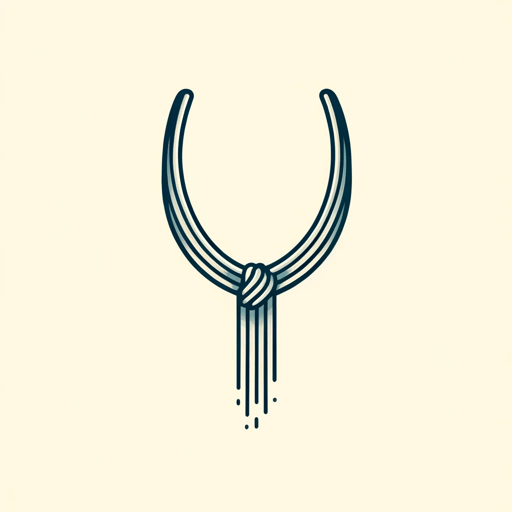44 pages • 1 hour read
John Mark ComerThe Ruthless Elimination of Hurry: How to stay emotionally healthy and spiritually alive in the chaos of the modern world
Nonfiction | Book | Adult | Published in 2019A modern alternative to SparkNotes and CliffsNotes, SuperSummary offers high-quality Study Guides with detailed chapter summaries and analysis of major themes, characters, and more.
Part 1, Chapter 2Chapter Summaries & Analyses
Part 1, Chapter 2 Summary & Analysis: “A Brief History of Speed”
Comer offers a historical retrospective on the events that led to our culture’s current preoccupation with a hurried pace of life, going all the way back to the invention of the sundial in the ancient world. The ability to measure time led to continued progress in mechanizing that measurement and making use of those measurements, from the development of accurate clock technology in the Middle Ages to the creation of rigorous daily schedules in the Christian monastic tradition. Even by the time the early modern era came about, however, humans largely continued to keep a natural and moderate pace of life, to the point of regularly sleeping up to 11 hours a night. This began to change with the industrialization of society, and the changes accelerated through the 20th century. Whereas the expectation of most people in the mid-20th century was that increasing technological advancements would lead to more leisure time, the truth is that leisure time has consistently gone down across recent decades.
With the advent of the 21st century and the nearly simultaneous emergence of social media and smartphones, all of these changes moved into an even higher gear: “All of this reached a climax in 2007. When the history books are written, they will point to ’07 as an inflection point on par with [the invention of the printing press in] 1440” (35).

